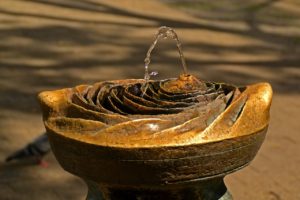 Trying to navigate the internet for information about rainwater collection can produce confusing results. You might find misleading or false information – or even outdated information, since this industry has changed considerably over the past few years as rainwater harvesting moves from niche to mainstream. Here is a list of 7 misconceptions about rainwater collection:
Trying to navigate the internet for information about rainwater collection can produce confusing results. You might find misleading or false information – or even outdated information, since this industry has changed considerably over the past few years as rainwater harvesting moves from niche to mainstream. Here is a list of 7 misconceptions about rainwater collection:
- MISCONCEPTION: Rainwater systems are expensive and hard to maintain.
Depending on the design, a potable rainwater system can be approximately the same cost as a well. Maintenance of a well-designed system requires very little maintenance. Hire only those who have experience in designing and installing RWC systems to ensure a system that operates properly.
- MISCONCEPTION: It is illegal to collect rainwater for usage.
Many states have revisited water rights laws and have or are passing legislation concerning RWC.
New York, Virginia, Florida, Rhode Island, North Carolina, US Virgin Islands, Ohio, Illinois, Texas, Oklahoma, Colorado, Arizona, New Mexico, Utah, California, Oregon and Washington have all passed some type of legislation legalizing rainwater collection. In many, it is up to the county whether collection for potable use is allowed. Check with your county building department.
- MISCONCEPTION: Rainwater collection is new idea.
Rainwater collection dates back as far as 2600 BC in India. Many cultures have harvested rain for usage since then.
- MISCONCEPTION: Rainwater is dirty and should not be used for potable demand.
Rainwater is relatively clean compared to surface water. It has not come into contact with contaminants before storage other than the roof. Proper design and installation of storage, conveyance, filtration and disinfection results in exceptional water quality.
- MISCONCEPTION: Aquifers and streams will not be recharged if rainwater collection is allowed.
Rooftop collection and use enhances recharge of aquifers and streams due to infiltration. Rather than evaporating, the collected rainwater is used and then infiltrated into the ground through the septic system, and as a result, percolating back down into the aquifer or in stream for future use.
- MISCONCEPTION: Water is infinite, so what’s the big deal?
The natural cycle of water is constantly changing from ocean to atmosphere, to rivers, lakes and aquifers. It is best explained by an article from Our Blue Planet at Infinite Water
- MISCONCEPTION: Rainwater collection can’t possibly provide enough water for my usage.
For every 1,000 sq. ft. of collection area, per inch of rain, 623 gallons are available for collection. A 2,000 sq. ft. home can collect over 44,000 gallons annually.
To learn more about rainwater collection, visit www.arcsa.org
This article was originally published under the title: Myths of Rainwater Collection

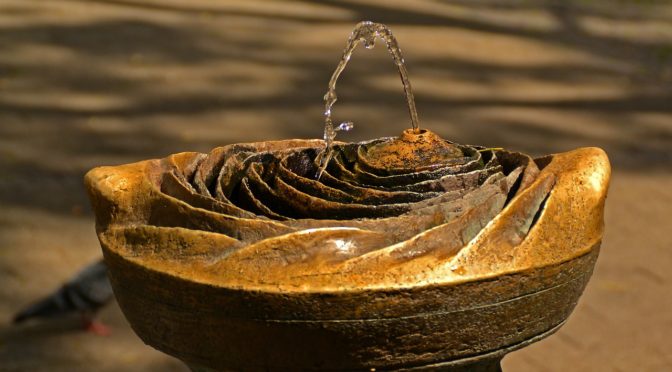
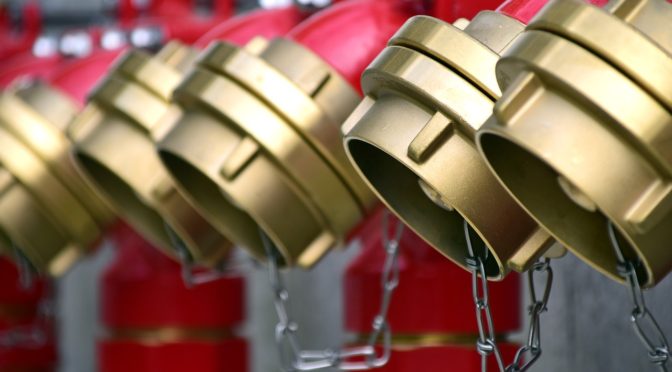
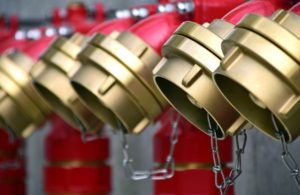 As we’ve written many times over the years, you can create your own water supply, not just for drinking, but also for laundry, toilet and irrigation in a commercial and residential environment, depending on where your home or business is located.
As we’ve written many times over the years, you can create your own water supply, not just for drinking, but also for laundry, toilet and irrigation in a commercial and residential environment, depending on where your home or business is located.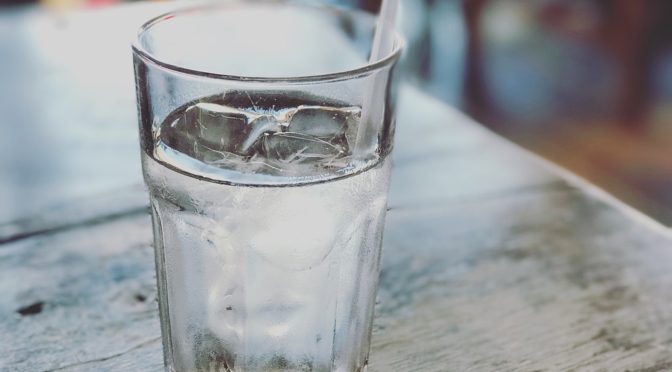
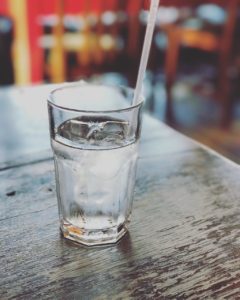 Whether your rainwater harvesting system is for non-potable or potable use, there are key factors that dictate the quality of that collected water and the success of your system. Collection surfaces should be compatible with intended usage. While an asphalt shingle roof may lend itself for collection of a non-potable demand, a baked enamel, metal roof would be preferred for potable use.
Whether your rainwater harvesting system is for non-potable or potable use, there are key factors that dictate the quality of that collected water and the success of your system. Collection surfaces should be compatible with intended usage. While an asphalt shingle roof may lend itself for collection of a non-potable demand, a baked enamel, metal roof would be preferred for potable use.